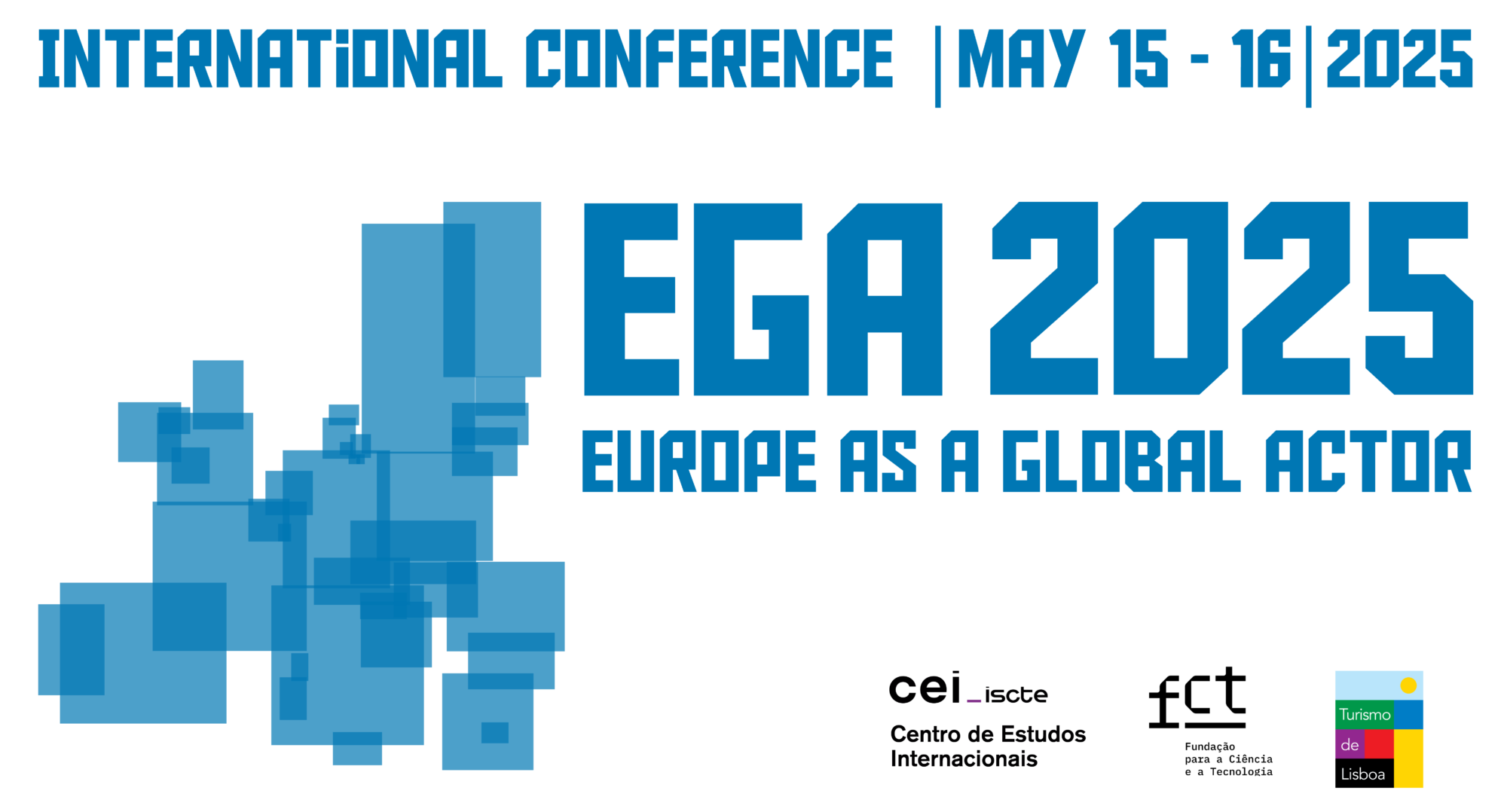This paper seeks to address the EU’s role as an interorganisational influencer on other regional organisations and how it is able move beyond effective multilateralism as emphasised in the EU Global Strategy. More specifically, it examines and assesses the extent to which the EU has been able to exert influence on the institutional designs, policies and tools of the North Atlantic Treaty Organisation (NATO), the African Union (AU) and the Association of Southeast Asian Nations (ASEAN) in the security domain. All three organisations are regional of nature, possess specific tasks and responsibilities which include the realm of security, and maintain interorganisational relations with the EU. While the EU has been heavily influenced by international organisations and international institutions, such as the United Nations, NATO, and the Council of Europe, it also has the potential itself to exert interorganisational influence. This potential can put the EU in three different positions as interorganisational influencer. These positions vary from reciprocity to role model and to a limited influencer, which are illustrated with the three case examples. Analysing its ability to influence international organisations add to the study of the EU as a global actor and contributes to the view of the EU as an interorganisational actor.
Keywords: EU, international organisations, influence, interorganisational relations, security policy, global actor
Nele Marianne Ewers-Peters (ne82@kent.ac.uk)
Nele Marianne Ewers-Peters is a second year PhD Candidate and Teaching Assistant in the School of Politics and International Relations at the University of Kent, UK. She received her B.A. from the University of Bremen, Germany and her M.A. from the University of Bath, UK. Her research interests broadly include European security, crisis management operations, and the EU’s relations with international organisations.
